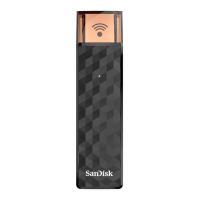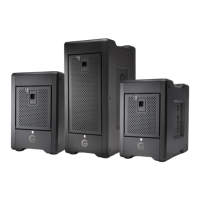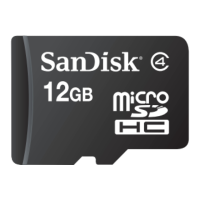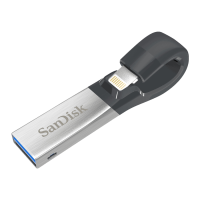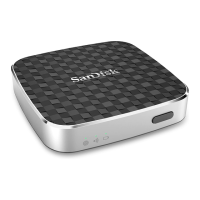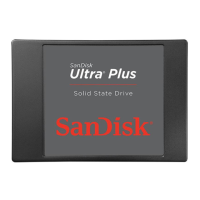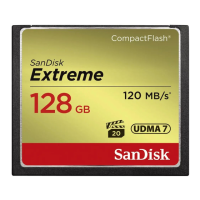Host Design Considerations: Application Note
NAND MMC and SD-based Products Revision 1.0
© 2002 SanDisk Corporation 5 9/30/02, Lit# 80-11-00160
Table 2. MultiMediaCard and SD Card Clock Speed and Burst Rate
Product Maximum Clock Speed and Burst Rate
MultiMediaCard Clock Speed Burst Rate
SPI Bus mode 20 MHz 2.5 MB/s
MMC 1-bit mode 20 MHz 2.5 MB/s
SD Card
SPI Bus mode 25 MHz 3.125 MB/s
SD 1-bit mode 25 MHz 3.125 MB/s
SD 4-bit mode 25 MHz 12.5 MB/s
The write and read throughput rates of the SD Card and MultiMediaCard are slower than
the burst rate because each card includes the busy time to write data from the card’s
buffers to its internal Flash RAM, and busy time to read data from the internal Flash
RAM to the card’s buffer. Since most designs use this write and read busy time to
complete other processes, choosing a 1- or 4-bit bus mode can have a 4x speed effect on
the time spent servicing the SD Card.
The example in Table 3 shows the difference between moving 512 bytes of data to and
from a MultiMediaCard or SD Card internal buffer using different bus modes.
Table 3. MultiMediaCard and SD Card Clock Speed and Transfer Time
Product Maximum Clock Speed and Time Req. to move 512 bytes
MultiMediaCard Clock Speed Time
SPI Bus mode 20 MHz 204.8 us
MMC 1-bit mode 20 MHz 204.8 us
SD Card
SPI Bus mode 25 MHz 163.8 us
SD 1-bit mode 25 MHz 163.8 us
SD 4-bit mode 25 MHz 41 us
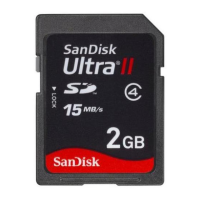
